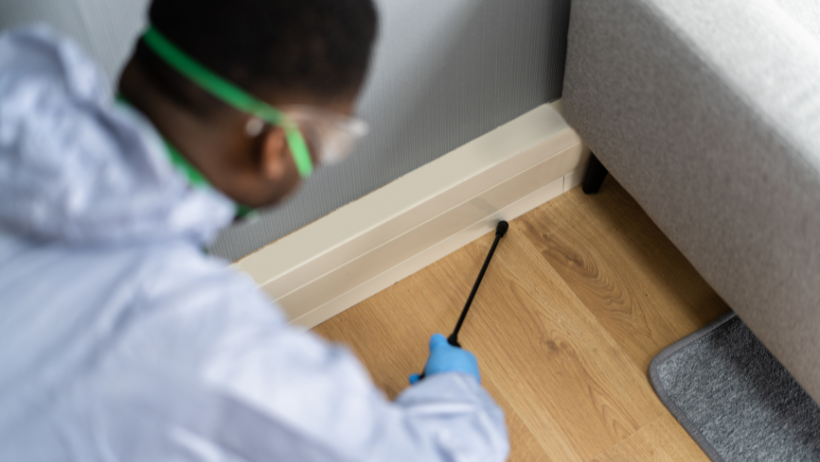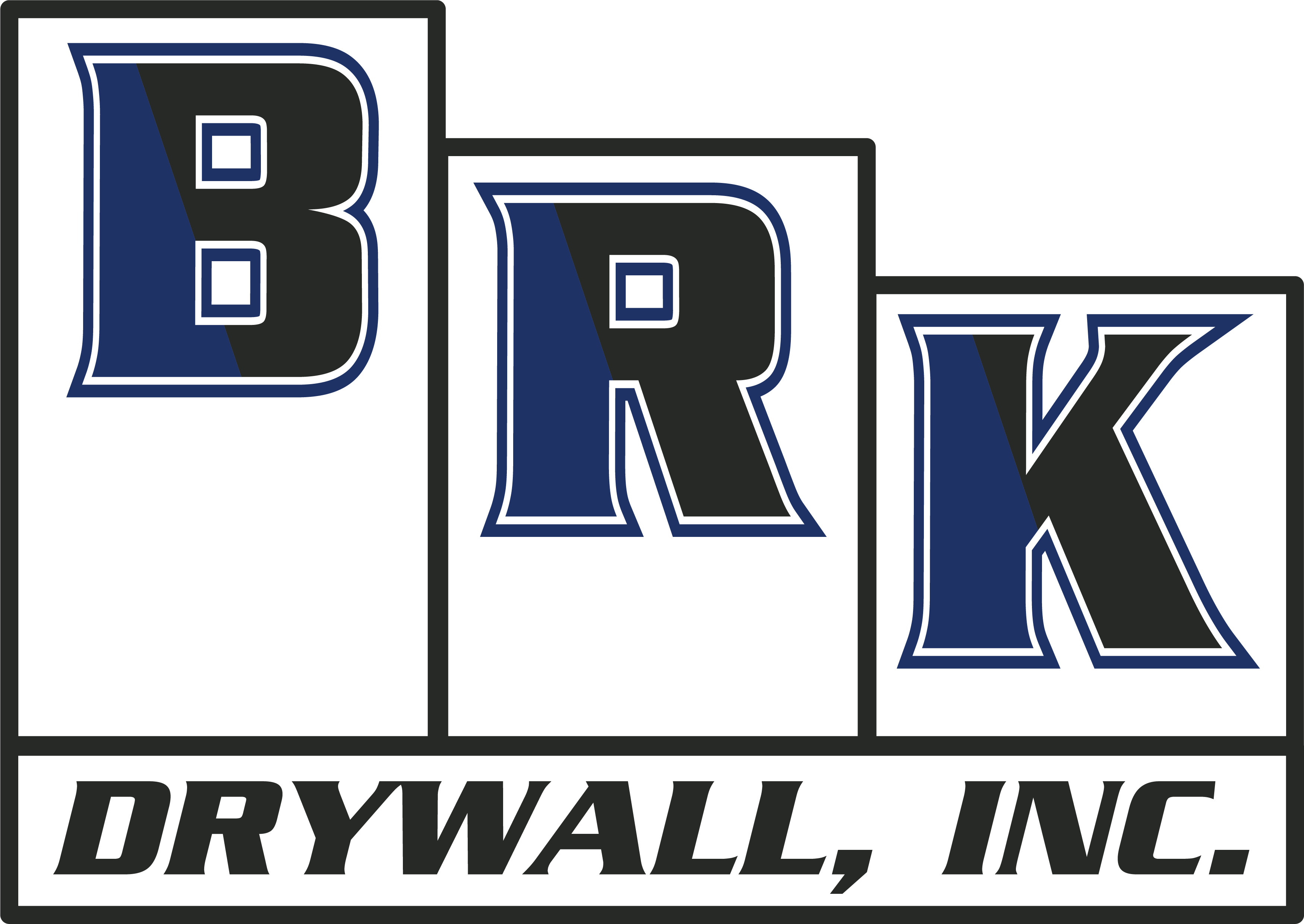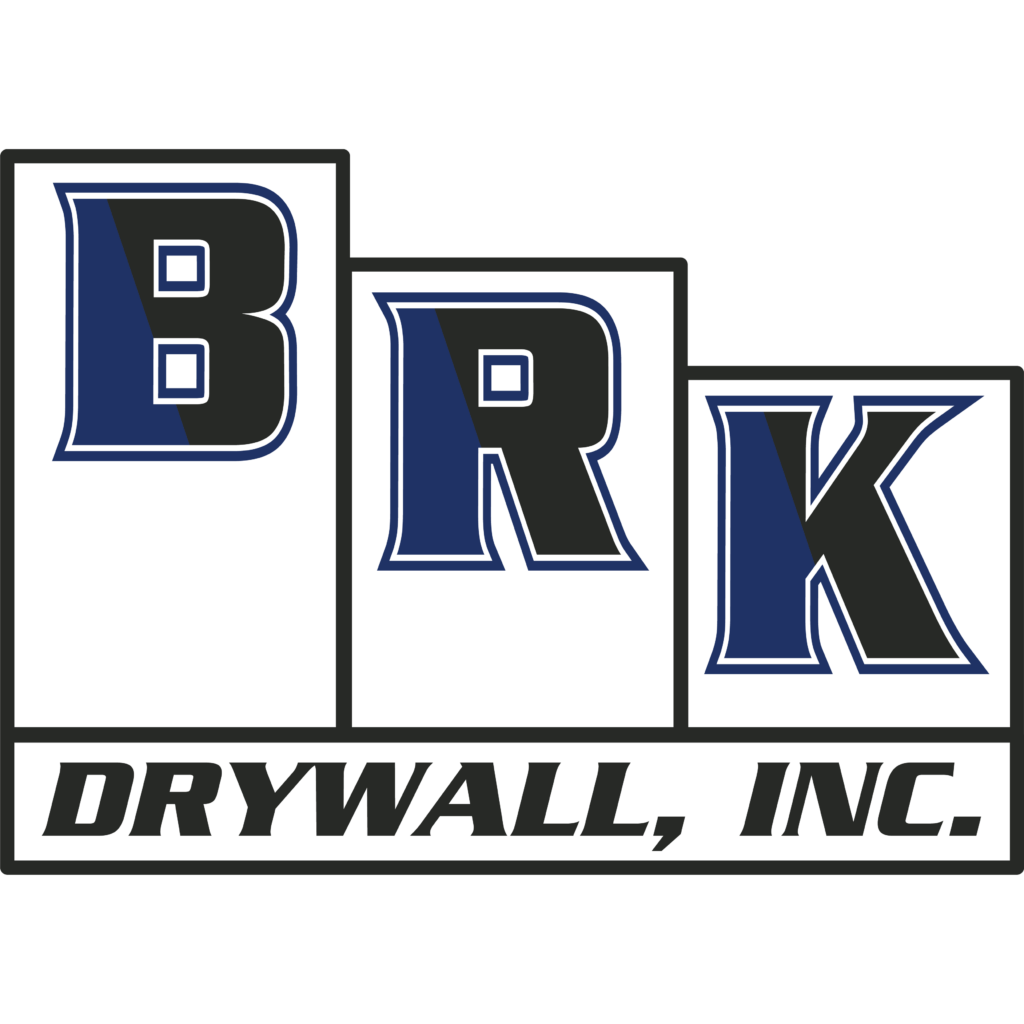Termites are silent invaders, known for their appetite for wood and their ability to cause extensive damage before they’re even detected.
While drywall itself isn’t on the menu, it often bears the brunt of an active termite infestation because it’s installed directly over the wooden framework they target. That means your walls and ceilings can show early warning signs—if you know what to look for.
In this guide, we’ll walk you through how to spot drywall signs of a termite problem before the damage gets out of hand. Catching these signs early can save you from costly repairs and keep your home structurally sound.
Visual Signs in Drywall
When termites begin making their way through your home, the drywall often reveals the first clues. Many drywall signs of termites inside the house can be subtle—until the damage is already underway.
Whether on your walls or ceilings, knowing how to recognize visual cues—especially ceiling drywall signs of termites—can help you catch infestations early.
From subtle surface changes to visible damage, these early signs can be easy to overlook but are critical to catch early. Here’s what to keep an eye on.
Small Holes in Drywall
Tiny, pin-sized holes in your drywall may seem harmless, but they can be a major red flag. These are often termite exit or entry points and typically appear in small clusters or straight lines along walls or ceilings.
Many homeowners mistake them for nail holes or minor wear, but if they appear without explanation, termites could be tunneling behind the scenes.
Mud Tubes on Drywall Surfaces
Subterranean termites build narrow mud tubes to travel safely while retaining moisture. These tubes can show up on drywall surfaces, especially near baseboards, ceilings, or hidden areas like utility closets.
They’re usually brown or grayish in color and about the width of a pencil—an unmistakable sign of termite activity if spotted indoors.
Discoloration or Staining
Moisture is a byproduct of termite infestation, and when it builds up behind the drywall, it can cause visible staining. Yellowish or brownish streaks may appear on the surface, often mistaken for minor water damage.
If you notice unexplained discoloration, especially along lower walls or corners, it’s worth having it checked out.
Pinholes and Blisters
Termites can also damage the paper backing of drywall, resulting in tiny pinholes or a blistered appearance under paint or wallpaper.
This bubbling effect is usually due to both feeding activity and trapped moisture, and it’s commonly seen alongside other signs like staining or sagging. These small surface issues can point to a much bigger problem underneath.

Structural Signs in Drywall
Termites don’t just leave surface clues—their damage can run deep, affecting the very structure behind your walls. As they hollow out the wood framing, subtle changes in your drywall’s shape and sound can reveal that something more serious is going on beneath the surface.
Sagging or Buckling Walls and Ceilings
When termites damage the wood behind drywall, the structure can start to weaken, leading to sagging or buckling in walls or ceilings.
This is especially noticeable in ceilings, where gravity puts extra strain on already compromised joists. At first glance, it might look like water damage, but unlike a one-time leak, termite-related sagging tends to worsen gradually over time.
Hollow Sounds When Tapped
A hollow or papery sound is one of the early signs of termites in drywall that homeowners often overlook. One simple way to check for hidden termite damage is to gently tap on your drywall.
If it sounds hollow or papery in certain spots, termites may have tunneled through the wood or eaten away at the back of the drywall. This loss of density is often one of the earliest and most telling signs that termites are active behind the scenes.
Cracks in Drywall
As termites compromise the strength of the framing, the shifting can lead to cracks in the drywall itself. These aren’t always the clean, straight cracks caused by settling—termite-related cracks may be jagged or appear in unusual patterns.
When drywall cracks show up alongside other signs like sagging or blisters, it’s a strong indicator that termites might be the cause.
Other Signs of Termite Infestation Inside the House
In addition to changes in your drywall, termites often leave behind other subtle clues throughout your home. Recognizing these signs—especially when they show up together—can help confirm an infestation before it gets worse.
- Swarming termites: Winged termites spotted near windows, doors, or lights—especially in spring or after rain—are a sign that a colony may be nearby or forming.
- Discarded wings: Piles of tiny shed wings on window sills or near vents indicate that termite swarmers have found a place to settle inside your home.
- Termite frass (Termite droppings): These tiny, pellet-like droppings often resemble sawdust and can collect near baseboards or beneath damaged drywall.
- Look for patterns, not just single signs: When these indicators show up alongside drywall early stage signs of termites in ceiling or walls, it’s a strong signal that termites are active—and a pest control professional inspection is needed.
What to Do If You Suspect Termites
Termite damage can escalate quickly, so taking the right steps early can make a big difference. Here’s what to do if you think termites may be hiding behind your drywall.
Schedule a Professional Termite Inspection
Bring in a licensed pest control expert to confirm whether termites are active and assess how much damage has been done. Professionals often use tools like thermal imaging and moisture meters to detect activity that’s invisible to the naked eye.
Avoid DIY Treatments
While store-bought sprays and baits might seem like a quick fix, they rarely reach deep enough to eliminate the entire termite colony. DIY methods can delay proper treatment, giving termites more time to cause serious structural damage.
Act Quickly
The longer termites are left untreated, the more they eat—and the more expensive repairs become. Fast, professional intervention can stop the infestation in its tracks and save you from major restoration costs down the line.
Prevention Tips for Homeowners
Keeping termites out starts with a few smart habits around your home. These simple prevention tips can go a long way in protecting your drywall—and everything behind it.
- Fix leaks and drainage issues: Repair any leaky pipes, roof problems, or poor drainage to keep moisture from attracting termites.
- Keep gutters clean: Make sure gutters are clear and direct water away from your home’s foundation to avoid creating damp areas where termites thrive.
- Use treated wood outdoors: When building decks, fences, or garden beds, opt for treated wood that’s resistant to termite damage.
- Store firewood and mulch properly: Keep wood piles and mulch at least 18 inches away from your home to reduce the risk of inviting termites closer.
- Schedule yearly termite inspections: Have a licensed professional check your home annually to catch any early signs before damage sets in.
- Be extra cautious in termite-prone areas: If you live in a region known for termite activity, prevention should be a regular part of your home maintenance routine.
Conclusion
Termite damage doesn’t happen overnight—but once it starts, it can spread fast and silently. Spotting early-stage signs of termites can make all the difference in protecting your home and avoiding costly repairs.
If you’ve noticed anything suspicious, don’t wait. Reach out to a professional for an inspection and get ahead of the problem. At BRK Drywall, we’re here to help homeowners stay informed, prepared, and protected—because peace of mind starts with knowing what’s behind your walls.



